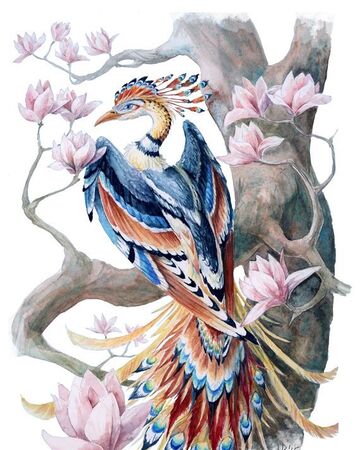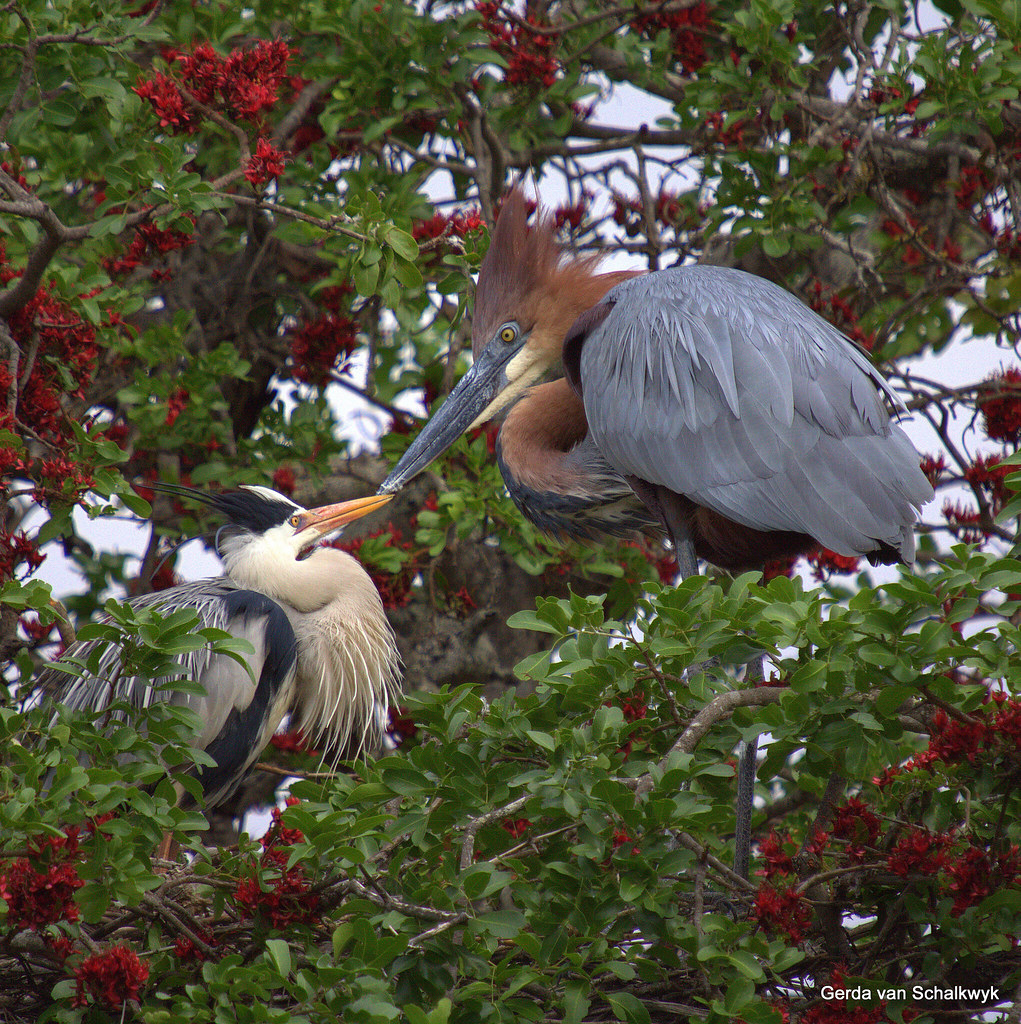
In Medieval folklore, the Ziphius was a monstrous nautical creature said to attack ships in the northern seas. It possessed the body of the fish and the face of an owl, complete with large eyes and a beak. It is said to be able to cleave the hull of a ship like a blade.
This creature sounds terrifying, but what could have inspired it?

In the 16th Century, Swedish writer Olaus Magnus illustrated the animal on his Carta Marina and described the Ziphius as:
“Because this Beast is conversant in the Northern Waters, it is deservedly to be joined with other monstrous Creatures. The Sword-fish is like no other but in something, it is like a Whale. He hath as ugly a head as an Owl: His mouth is wondrous deep, as a vast pit, whereby he terrifies and drives away those that look into it. His Eyes are horrible, his Back Wedge-fashion, or elevated like a sword; his Snout is pointed. These often enter upon the Northern Coasts, as Thieves, and hurtful Guests that are always doing mischief to ships they meet, by boaring [sic] holes in them, and sinking them.”
To Magnus, mythical creatures were just as real as the familiar land animals. He included an assortment on his maps, furthering their stories and instilling fear in sailors.
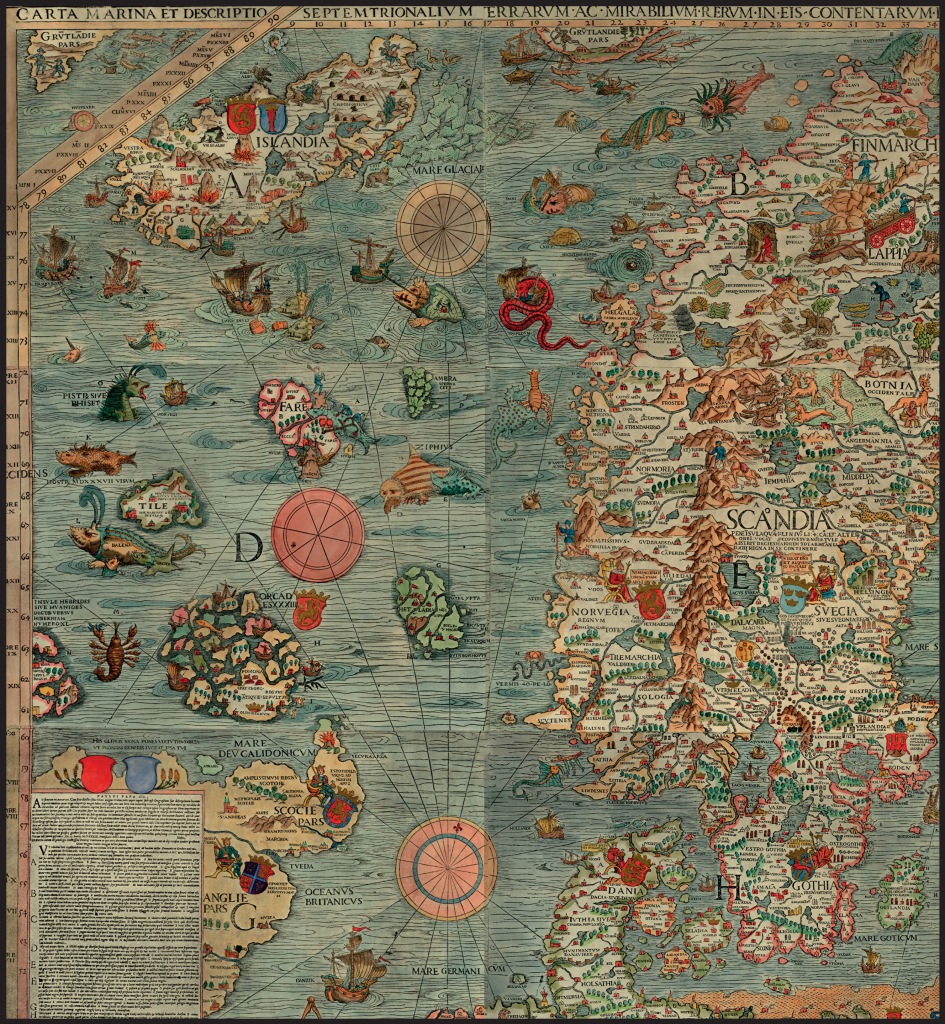
The name Ziphius gets its name from the Greek word xiphias meaning sword. The creature was named for the large dorsal fin seen on the back of the creature, and its “ability to cut ships in two and sink them.”
But what is behind these stories?
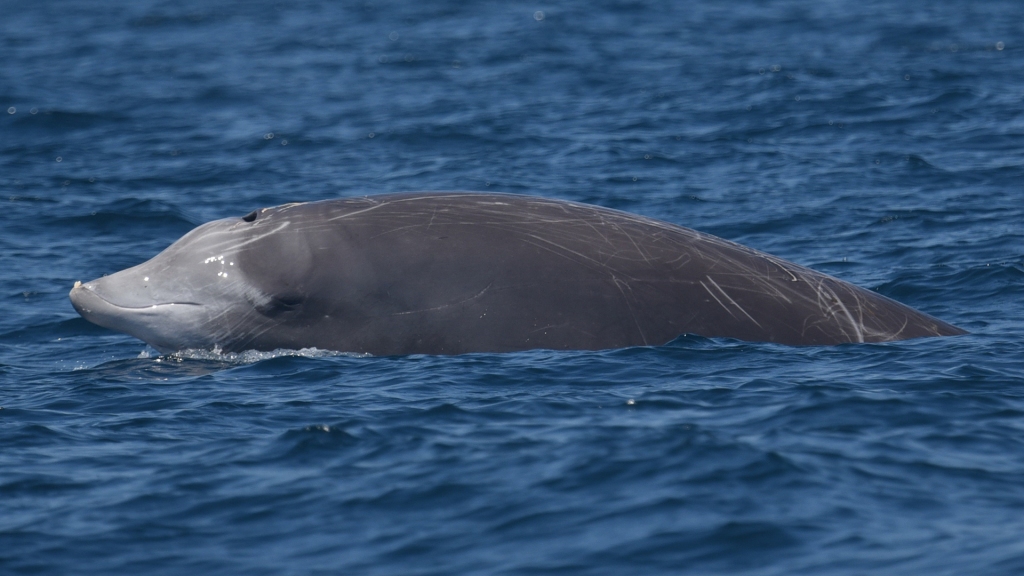
Historians tend to believe that what Magnus and others saw in the ocean were Cuvier’s Beaked Whales. They are found in oceans worldwide and can reach up to 7 m long and weigh up to 3 tons!
The head is long and slopes into the body with an upturned jaw that makes it appear to be smiling. Beaked whales are often seen with linear scratches and oval scars. These are thought to be caused by the sharks and parasitic lampreys that attach to the animal.
As they grow older, the face develops a whitish coloration with dark-colored patches around the eyes. This happens especially in males.

Cuvier’s Beaked Whales rarely breach. As they swim, their head and body will roll high out of the water. preparing for a deep, vertical dive, they may arch their back more than normal and usually display their flukes.
Cuvier’s beaked whales are capable of diving up to at least 3,300 feet for 20 to 40 minutes to opportunistically feed on mostly cephalopods and sometimes fish and crustaceans. The deepest known dive for a Cuvier’s beaked whale was almost 3000 m and the longest known dive lasted 222 minutes!
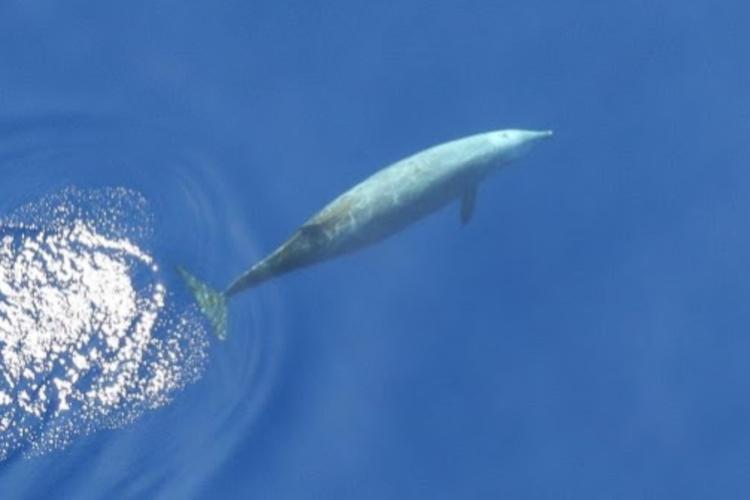
Today these animals are protected under the Marine Mammal Protection Act. While their population is stable, their main threats are ocean pollution. They have been found with plastic in their bodies. They have also become entangled in fishing gear in the Caribbean and near Indonesia.
This species is also sensitive to underwater sounds and anthropogenic noise. Strandings of this species in the Bahamas, Canary Islands, and in the Caribbean and Mediterranean Seas have been associated with active naval sonar. These deep-diving animals become confused and are no longer able to feed, communicate, or navigate in the ocean.

The Cuvier’s Beaked Whale is most likely what inspired the myth of the Ziphius, with its pale face and dark eye patches. This would invoke the imagery of owls across Europe with their white facial disks and dark eyes. Their deep-diving habits make them rare sites for humans, especially during the early days of exploration.
The link between the Ziphius and Cuvier’s Beaked Whale is so established that the scientific name of the whale is Ziphius cavirostris.
Sources:
Grzimek, Bernhard (2003). Hutchins, Michael; Kleiman, Devra G.; Geist, Valerius; et al. (eds.). Grzimek’s Animal Life Encyclopedia, Vol 15, Mammals IV (2nd ed.). Farmington Hills, MI: Gale Group.
“Cuvier’s Beaked Whale (Ziphius cavirostris)”. NOAA. 15 January 2015.




















